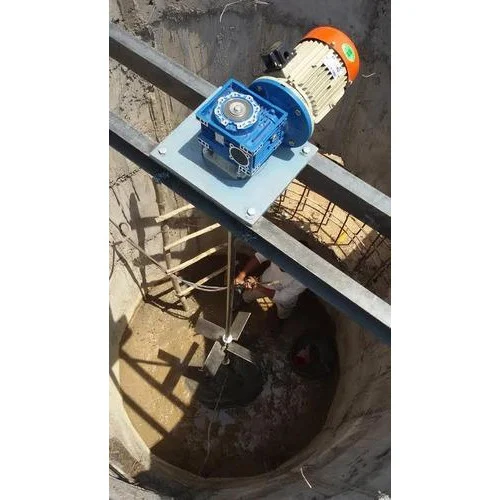In the realm of industrial processes, efficient mixing and agitation play a pivotal role in ensuring product quality, consistency, and overall process effectiveness. Over the years, industrial agitator technology has evolved significantly, keeping pace with the ever-growing demands of various industries. These innovations have not only enhanced productivity but also reduced energy consumption and environmental impact. In this article, we explore the latest advancements in industrial agitator technology that are shaping the future of manufacturing and process industries.
Improved Efficiency Through Computational Fluid Dynamics CFD
One of the most remarkable advancements in industrial agitator technology is the integration of Computational Fluid Dynamics CFD. CFD simulations allow engineers to analyze fluid flow and mixing patterns within a vessel without physical prototypes, reducing the need for expensive and time-consuming experimentation. This technology enables the optimization of agitator design, leading to more efficient mixing and reduced energy consumption. Companies can now fine-tune their agitator systems to achieve the desired results while minimizing waste and energy costs.

Advanced Material Selection
Traditionally, industrial agitador were primarily made of stainless steel. However, recent developments have expanded material options to include advanced alloys, ceramics, and composites. These materials offer superior corrosion resistance, durability, and weight reduction, addressing specific industry requirements. For example, in highly corrosive environments such as the chemical industry, corrosion-resistant agitators extend the equipment’s lifespan and reduce maintenance costs, contributing to sustainable and cost-effective operations.
Innovative Drive Systems
The introduction of innovative drive systems has transformed the way industrial agitators operate. High-efficiency variable frequency drives VFDs enable precise control of agitator speed, torque, and power consumption. This not only enhances mixing quality but also reduces energy consumption, making processes more sustainable. Additionally, advanced drive systems often incorporate condition monitoring and predictive maintenance capabilities, minimizing downtime and maintenance costs.
Mixing Impeller Redesigns
Mixing impellers are at the heart of agitator technology, and recent redesigns have led to significant improvements in mixing efficiency. Innovative impeller geometries, such as helical ribbon impellers and hydrofoil impellers, have been developed to provide better fluid circulation and reduced energy consumption. These designs are tailored to specific applications, ensuring optimal mixing performance for a wide range of industries, including pharmaceuticals, food and beverages, and wastewater treatment.
Automation and IoT Integration
The integration of automation and the Internet of Things IoT technology has revolutionized industrial processes, including agitator operations. Smart agitators can now communicate with central control systems and adjust their parameters in real time based on data from sensors and analytical instruments. This level of automation not only ensures consistent product quality but also minimizes human intervention, reducing the risk of errors and enhancing safety in hazardous environments.
Energy-Efficient Mixing
Sustainability is a growing concern in industrial processes, and agitator technology has responded with energy-efficient solutions. For instance, the use of static mixers and jet mixers can reduce energy consumption compared to traditional agitators while maintaining mixing quality. Additionally, the development of energy recovery systems allows excess energy from agitator operations to be recaptured and reused, further reducing operational costs and environmental impact.
Categories: General
